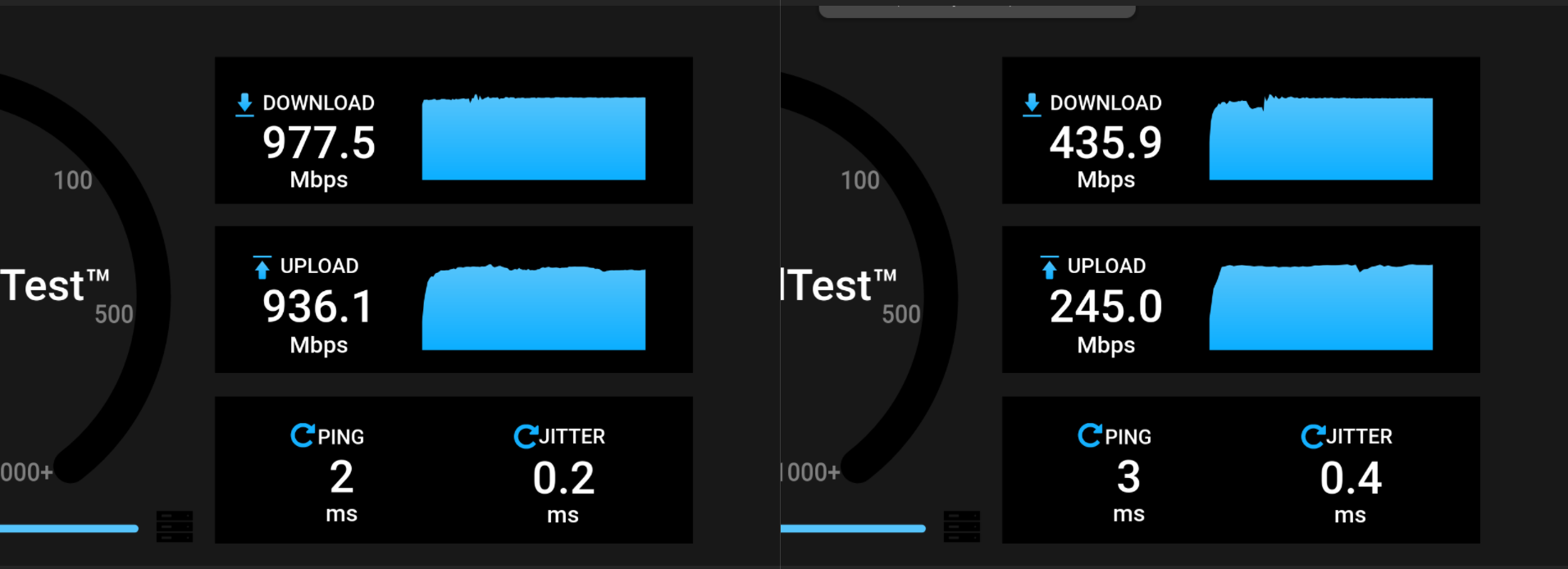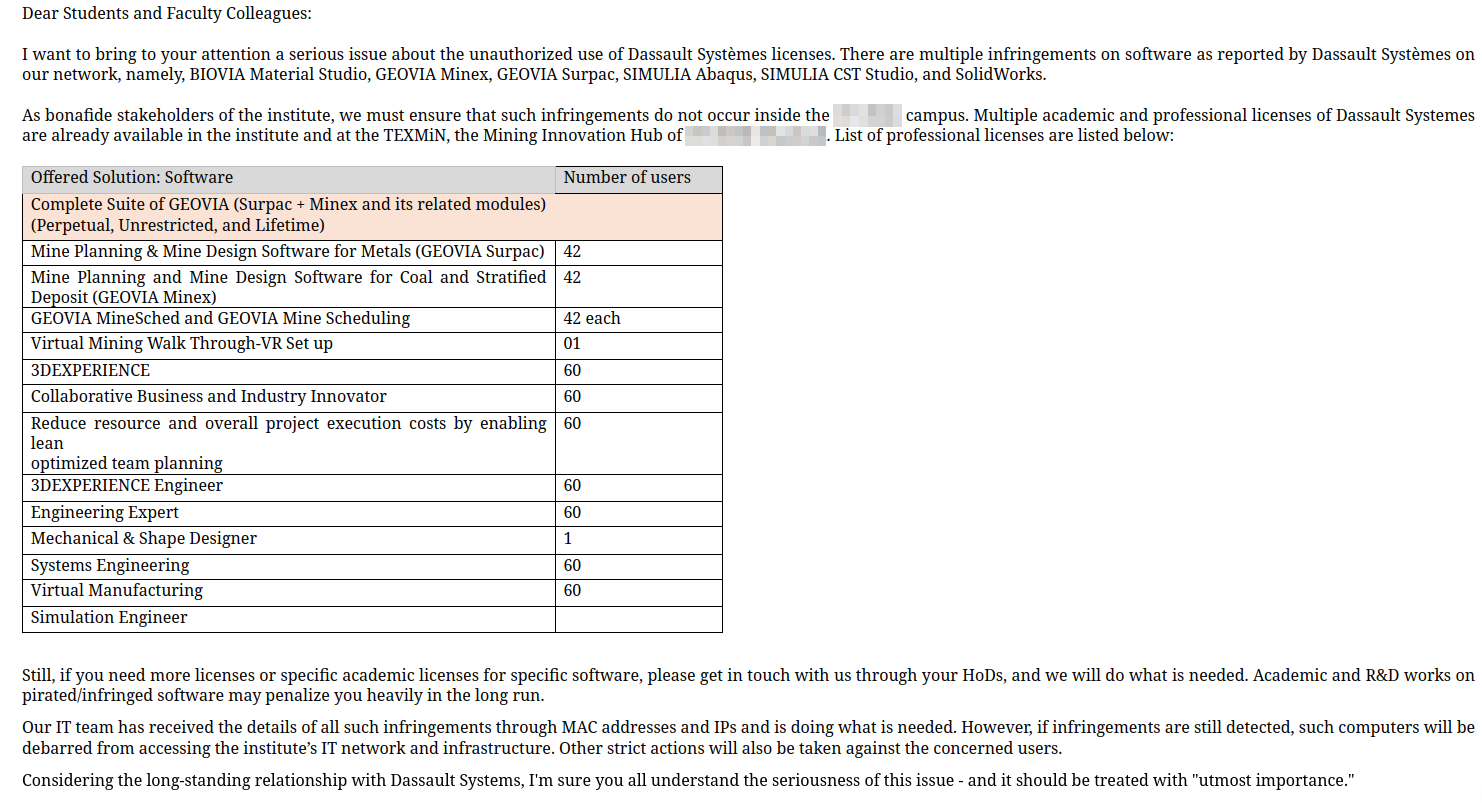Timely_Jellyfish_2077
joined 2 years ago
91
What's up with still no Linux on snapdragon laptops? Is qualcomm not supporting it?
(programming.dev)
50/50 cut is borderline predatory. It should be 30/70. It feels like marques is so out of touch with common people.
Modern day startups: lays out a dumb idea.
Valuation: $3B
Many niche subreddits, my country specific subreddit. I browse reddit along with lemmy but post only on lemmy.
Going down to disillusionment two months ago.
In Lemmy, Linux is always the answer.
429
Which college bro?
view more: next ›



